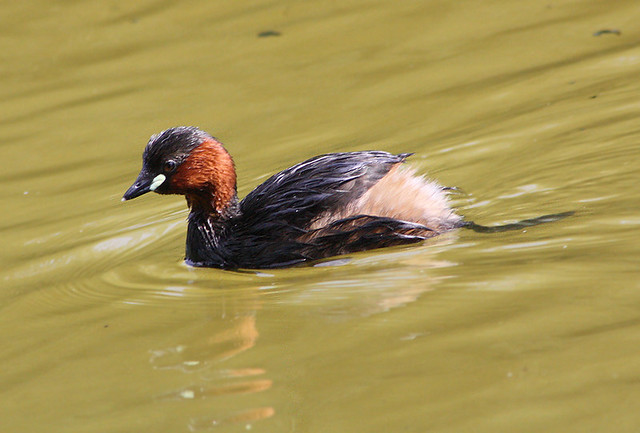 |
| Blue tit youngling |
Yup, so I’m back in the city once again enjoying the bird drought. Not that I am complaining because I did manage to find some of my favourite common songbirds and photograph them at least slightly better than past efforts. My tip of the week I guess is that like the wrens before, treecreepers have now erupted from their nests and are more approachable and easier to view then the adults usually are. I’ve seen about twelve in all in different places around the city.
 |
| First tree? He'll never forget that |
Thought I would point my camera at this chaffinch after I so rudely scared him away from the seed he was eating. One of our most colourful birds and thankfully one of our most common as well
Whilst doing my usual UCC rounds I was surprised to realize I was staring right down at a fledged spotted flycatcher (I was hoping for a coal tit), in fact it was staring right up at me and almost made for quite a good photo series, unfortunately it was largely obscured by foliage which slightly ruined the shots. Then again, it kind of personifies the spotted flycatcher as the somewhat private bird it is. The place I was viewing was from the staff car park which in fact overlooks the river areas of UCC. This spot always gives me a rarely found top down view as well as allowing me to see some of the canopy birds at eye level.
 |
| This would have been a rare and special moment & I guess it was, just not for my camera! |
 |
| Calling for food, love the fact that it appears to have whiskers |
To my astonishment I also had two warblers wander straight into the branches I was looking at, they look a bit willowish to me and since I didn’t get a good shot that reveals its leg colour i’m not sure which it is (chiffchaff or willow warbler). I’m not going to pin it down to one because admittedly I usually get these two wrong. (Dark legs means chiffchaff, but not always, doh!). At least we can safely conclude it’s not a wood warbler!
Must say, haven’t seen anything new this week but I am delighted to have gotten at least some sort of mentionable shot of a warbler this summer. I was almost ready to conclude that my luck was going to be even worse than last year in photographing one.
By the way, something of a weird sighting, the mid city fountain (which I know contains no fish) had about five adult herons peering into it at 2am the last day. Where they drinking, I’m not sure whether they drink or get their moisture in take from their prey, also, why the fountain and not the water that runs through much of the city, perhaps it’s too brackish in the canals, they certainly weren’t planning on roosting there being surrounded by hundreds of drunken folks, what the heck?
By the way, something of a weird sighting, the mid city fountain (which I know contains no fish) had about five adult herons peering into it at 2am the last day. Where they drinking, I’m not sure whether they drink or get their moisture in take from their prey, also, why the fountain and not the water that runs through much of the city, perhaps it’s too brackish in the canals, they certainly weren’t planning on roosting there being surrounded by hundreds of drunken folks, what the heck?

















































